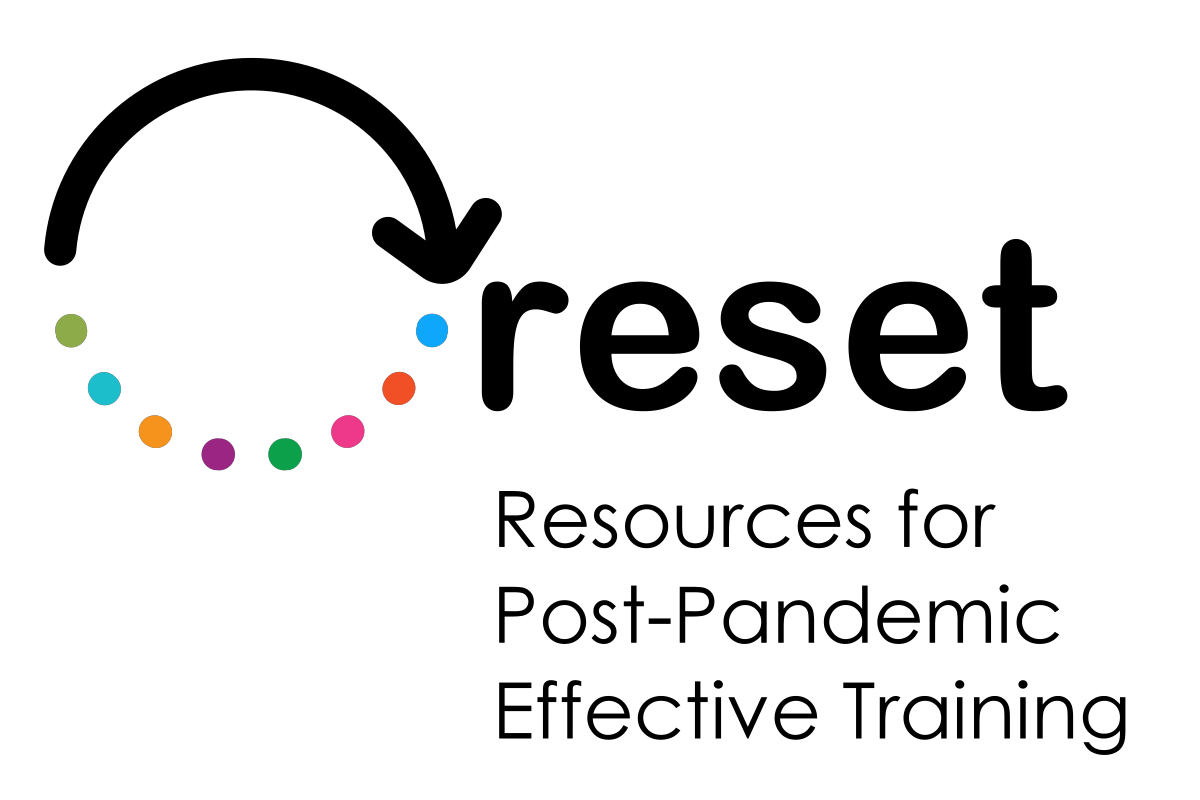 Digital Mind Maps Digital Mind Maps And if you want to change your mind? Click to read 
|
Yesterday you had drawn with pencil and paper this mind map about monography.
Today, however, it occurred to you that you did not take into account digital publications or versions: first publication, reprint, reissue, and print format are elements related to the print version...
...but for digital publication you would like to make explicit the digital formats available, programs and devices to view it, and the fact that there are systems in place to protect against unauthorized dissemination.
There is a need to rethink the map! |
 |
What would you do?Click to read 
|
1. Do you create a node linked to Monography?
It is the graphically simplest solution: only information needs to be added and there is enough space.
However, it is not highlighted that it is always aspects of the Publication. |
2. Create a node linked to Publication?
It is a fairly simple graphics solution: only information needs to be added, but space should be made sufficient.
The digital and print publication aspects could be better grouped.
|
3. Add a layer under Publication?
It is the most accurate solution as far as topic description is concerned, but it is burdensome in terms of graphics: you have to add a layer, reorganize and integrate the nodes, and also find space in the sheet.
You may have to redraw all over again.
|
 |
 |
 |
The tools available to youClick to read 
|
When you want to draw a mind map on paper, organizing the space is not easy and you often have to erase and redo.
Then, as you have seen, when you need ease of integration or modification, paper and pencil (and even more crayons, markers, photos, and glue) are far too rigid tools.
They require fairly clear ideas from the start, and make it difficult to change your mind: just what mind maps should not do!
The solution is to use digital tools for drawing mind maps: your maps will lose some of their personal imprint, but they will give free space to the flow of your reasoning.
Download the tool associated with the training. There you will find sheets with the main features of 5 of the many mind map drawing software.
|
 |
Try it outClick to read 
|
Now choose a digital tool for drawing mind maps: you can take advantage of the document you just downloaded to decide and find tutorials.
Create an account if necessary, then recreate the mind map from the beginning of the lesson.
Then edit/supplement it with additional information about the digital versions of the books, and any other aspects you feel are appropriate to make explicit.
|
 |
Aspects to consider when choosing the toolClick to read 
As you have seen, the tools are not all the same, so you will have to evaluate them according to your needs. Here are some tips.
|
Need
|
Tool feature |
|
Don't spend.
|
Availability of free versions and their limitations.
|
|
Being able to change one's mind at any time.
|
Ease in moving/reorganizing nodes.
|
| Using maps made with another software. |
Supported formats for import.
|
|
Organizing content.
|
Simplicity in managing texts that can be associated with nodes.
|
| Working with multiple devices. |
Platforms with a software version. |
|
Cooperating.
|
Ease in sharing the map in terms of viewing/editing.
Export formats.
|
Strengths and weaknessesClick to read 
|
Digital tools for drawing mind maps, as you have experienced, make the work much easier because they accommodate changes and simplify space management.
In return they require you to adapt to the available graphics and layout set, thus sacrificing some creativity. Digital maps also make one lose personal imprint compared to those made in one's own handwriting and perhaps enhanced with freehand drawings, all elements to which Buzan himself gave great importance.
Often, however, digital tools allow for the integration of images independently sourced or made available by the tool itself: this way it is possible to enrich maps even without being an experienced illustrator.
Also important for working in groups is the ease of sharing, which some tools also offer synchronously, that is, in real time.
Of course, the tool may have costs.
|
 |
Summing upClick to read 
TestTest Yourself 
 Collaborating with digital mind maps Collaborating with digital mind maps IntroductionClick to read 
|
So far you have seen how mind maps can be useful in various activities performed by a single person.
The potential of digital mind maps, however, is maximized when they support activities that require collaboration.
You can probably imagine how they can be useful in group brainstorming: that is their typical and most immediate use.
Do you also know that by using the additional capabilities provided by digital tools, you can also exploit them in other phases of problem solving or project development?
|
 |
CASE 1 - Content organizationClick to read 
|
The problem
Antonio, Beatrice, Carlo, and Daniela had been commissioned to implement a digital "hands-on" driving course.
They had received a needs analysis with a description of context, objectives, and target audience. And also various manuals to refer to, to analyze in order to choose the topics to be covered and define the detail of the content.
They could also count on the help of an expert, but for a short time and at times that could not be scheduled in advance.
Given everyone's busy schedules, they could also meet only occasionally, and time was short: they needed to build a team and also a system to work efficiently.
|
 |
CASE 1 - A solution with digital mind mapsClick to read 
If you have been in a similar situation before, what solution have you adopted? If not, can you imagine one?
Antonio, Beatrice, Carlo and Daniela divided the reference manuals so that each, when they had time, could study them independently.
Then they met and decided to help themselves with a digital mind map to keep track of their work.
NOTE THAT... it was not essential that they meet in person because, as you have seen, there are digital mind map drawing tools that allow them to be shared among multiple users and to see in real time the changes made by each one.
|
Together they chose the digital tool to use, then "elected" Antonio as the "secretary" of the meeting: he was the one who created the map and edited it during the discussion.
NOTE THAT... they could have all taken care of editing the map, because it is technically feasible. However, usually during the first meeting the changes made are numerous and structural: that is why it is better to have one person in charge of updating it at the first stage.
|
 |
|
Based on what they had studied, Antonio, Beatrice, Carlo, and Daniela wrote down in no particular order the topics that were being covered and that seemed relevant to the objectives and target group of the course. A real brainstorming session!
NOTE THAT... they could have worked differently, thinking first of the macro-topics, to add only afterwards the details from each one: this is the almost forced mode when using a manual mind map, which does not have the same freedom of reorganization as digital ones. It does, however, require the ability to identify from the beginning the categories among the topics to be covered: this is easier for subjects that are already partly known to us, less so for those we know little about.
|
 |
|
When they finished annotating the topics, Antonio, Beatrice, Carlo, and Daniela re-evaluated them to eliminate what did not seem interesting or too detailed.
NOTE THAT... it is useful at this point to share the digital map with the expert, and to have the meeting updated to when he or she has verified that, among the topics surveyed, there are only those that he or she thinks are appropriate.
If the tool allows, the expert can also add comments directly into the map to communicate the reasons for his or her choices.
|
 |
|
In working groups, with the topics that seemed useful to cover in their course in front of them, they reasoned about how they could be grouped into macro sections. Within each they also defined the eventual presentation order of the topics.
NOTE THAT... the map's radial structure is appropriate for describing how the course user will "encounter" the different topics when the macro sections can be accessed in a free-flowing order (horizontal navigation).
If, on the other hand, the macro sections are to be enjoyed in a defined order (vertical navigation), because it is preparatory, the structure can be modified in the digital tools and represented with a "list-like" layout.
|
 |
|
Having established that the course had a definite sequence of completion, Antonio, Beatrice, Carlo, and Daniela modified the layout in this way and asked the expert to check their analysis and note in the comments associated with the map nodes his observations. Could they have asked for comments via email?
NOTE THAT... Yes, email can be used, however, by noting the comments directly in the map nodes they were able to contextualize and group the observations in a timely manner.
|
 |
|
To distribute the work Antonio, Beatrice, Carlo, and Daniela each chose one color and used it to highlight the topics assigned to each.
Do you think the technique adopted by Antonio, Beatrice, Carlo, and Daniela only serves to define who is in charge of what?
NOTE THAT... the use of color can also be useful in visually showing the balance of the assigned amount of work, thus improving its distribution.
Since then, Antonio, Beatrice, Carlo and Daniela have been able to work quite independently, each on their assigned topics.
|
 |
|
Since the chosen tool allowed for this, they decided that each would write, in the text associated with the map nodes, the relevant course materials and draft texts. They then made use of lower-level nodes to further classify the content.
In your opinion, wouldn't it have been better to use a regular text document?
NOTE THAT... they could have used multiple text documents, or even a shared one. The mode they chose allowed them to work in a shared way in a structured area available to all. This way, everyone was able to keep up to date with each other's work, take advantage of information from it, see if it was appropriate to re-discuss some aspect, perhaps by creating timely comments associated with the nodes involved.
|
 |
Summing upClick to read 
TestTest Yourself 
|
 Test Yourself
Test Yourself


